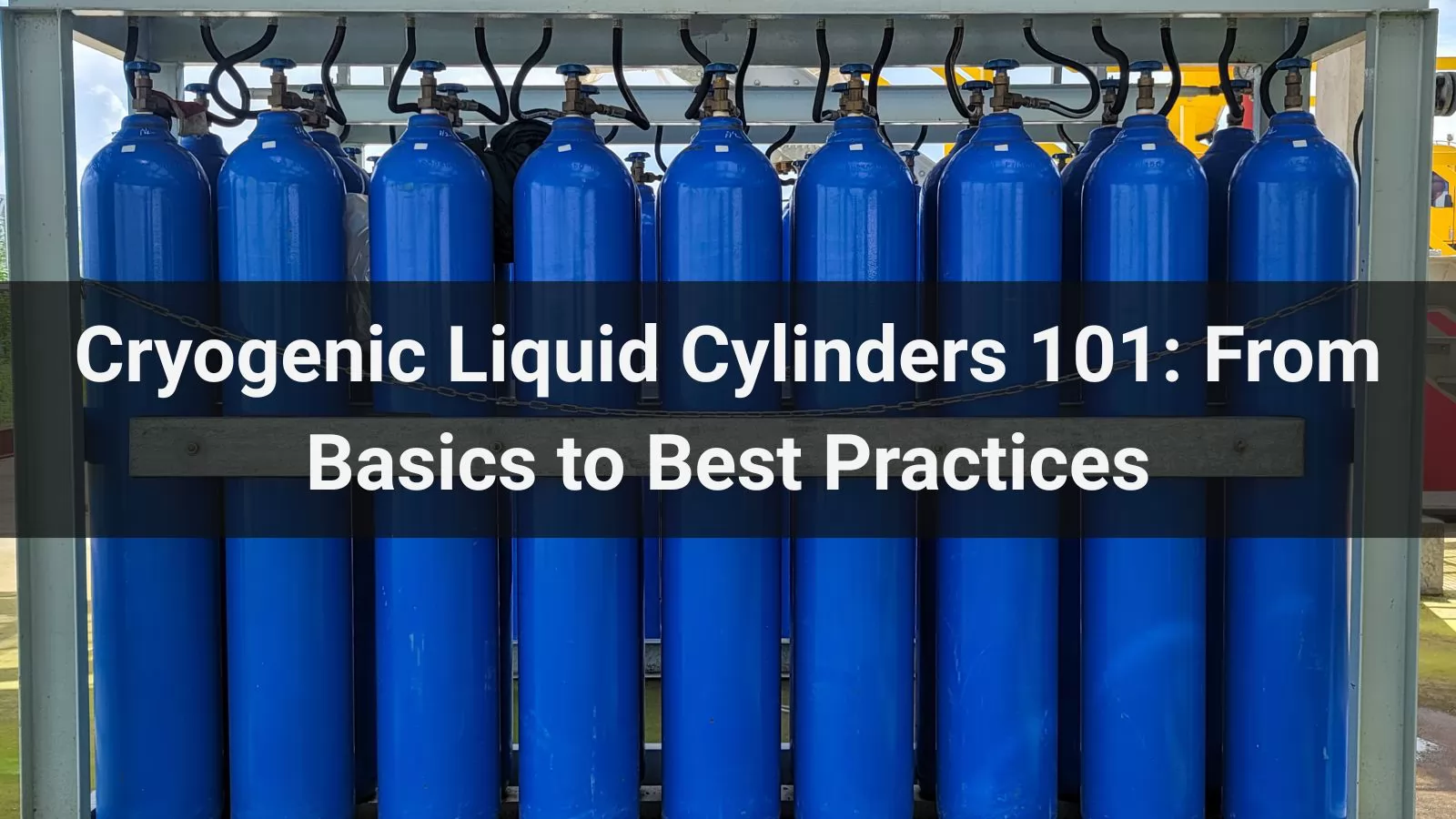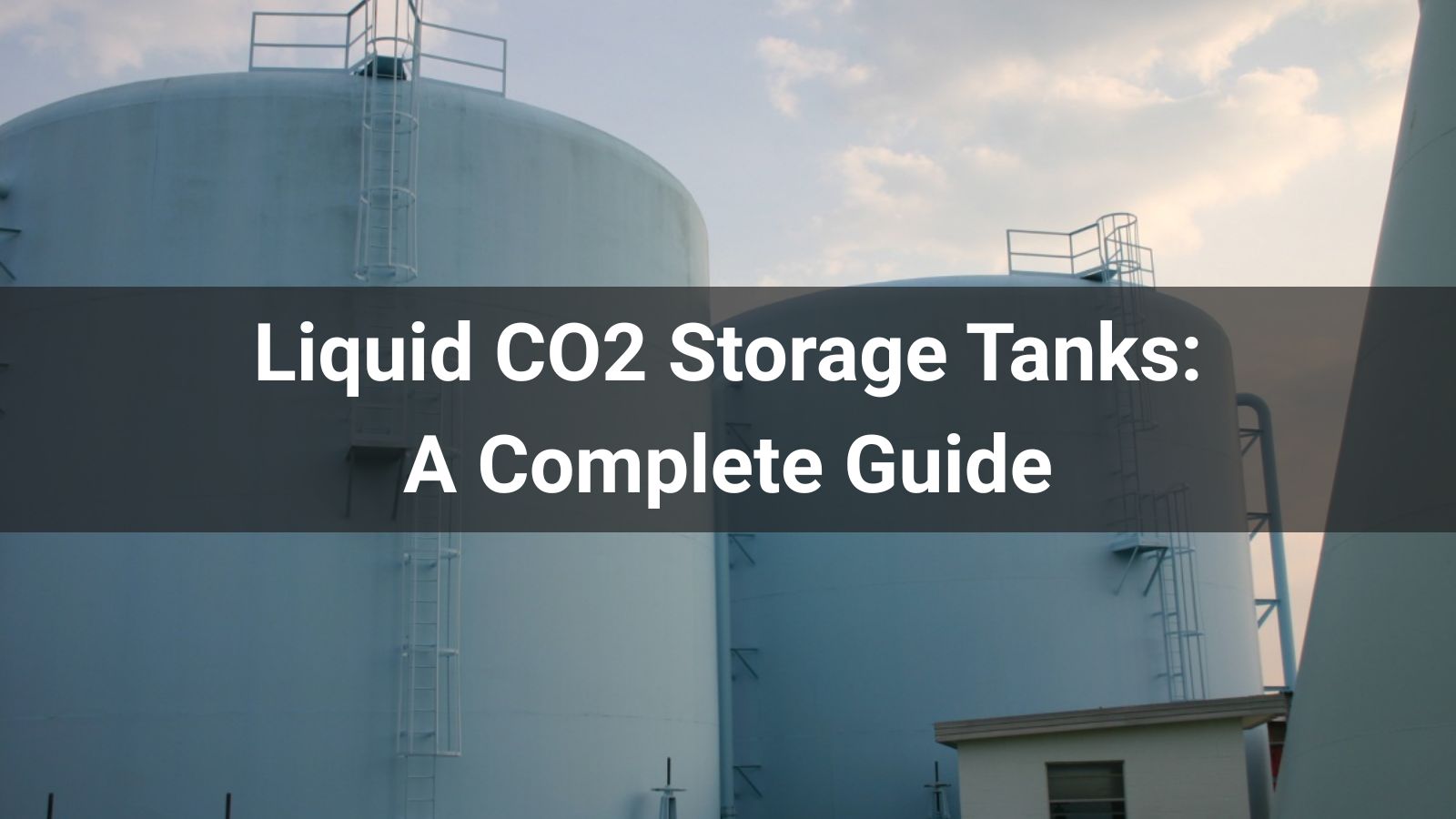Cryogenic Liquid Cylinders 101: From Basics to Best Practices

Cryogenic liquid cylinders are essential for storing and transporting liquefied gases such as liquid nitrogen, oxygen, argon, and CO₂ at extremely low temperatures. From healthcare and food preservation to metal processing and energy applications, these high-performance containers are vital for industries where ultra-cold storage is a must. This guide walks you through the fundamentals of cryogenic liquid cylinders, their working principles, and the best practices to ensure performance, safety, and longevity.
Table of Contents
Understanding the Basics of Cryogenic Liquid Cylinders
A cryogenic liquid cylinder is a double-walled, vacuum-insulated pressure vessel designed to store liquefied gases at temperatures typically below -150°C (-238°F). The vacuum insulation minimizes heat transfer, reducing evaporation losses and maintaining liquid phase stability.
Common stored gases include:
-
Liquid Nitrogen (LN₂)
-
Liquid Oxygen (LOX)
-
Liquid Argon (LAR)
-
Liquid Carbon Dioxide (LCO₂)
Design and Engineering Insights
Cryogenic cylinders are not just tanks; they are precision-engineered systems. Key components include:
-
Inner Vessel: Made from stainless steel to withstand extreme cold and high pressure.
-
Outer Jacket: Carbon steel or stainless steel, providing mechanical protection.
-
Vacuum Layer: Filled with insulation material to reduce thermal conductivity.
-
Pressure Relief Devices: Essential for preventing overpressure hazards.
The engineering process considers factors like gas compatibility, working pressure (usually 22–37 bar), and liquid withdrawal rate for specific applications.
Industry Applications: Where and Why They Matter
Cryogenic liquid cylinders are integral to numerous sectors:
-
Healthcare & Research: Storage of biological samples, cryosurgery, and MRI cooling.
-
Food & Beverage: Quick freezing, carbonation, and preservation of perishables.
-
Industrial Manufacturing: Welding, metal cutting, and heat treatment processes.
-
Energy Sector: LNG storage for transportation and backup power systems.
Operation Guidelines for Maximum Efficiency
To ensure optimum performance:
-
Check pressure gauges before every use.
-
Open valves slowly to prevent pressure surges.
-
Keep the cylinder upright during operation.
-
Avoid unnecessary venting to reduce gas loss.
Safety Protocols You Should Never Ignore
Working with cryogenic cylinders demands strict adherence to safety measures:
-
Wear insulated gloves, face shields, and protective clothing.
-
Ensure adequate ventilation to prevent oxygen depletion or CO₂ buildup.
-
Store cylinders away from heat sources and combustible materials.
-
Regularly test pressure relief valves for proper function.
Maintenance & Inspection Best Practices
Routine maintenance extends cylinder life and ensures safety:
-
Conduct weekly visual inspections for frost, dents, or corrosion.
-
Test vacuum integrity annually to detect insulation failure.
-
Replace worn or damaged seals and valves promptly.
-
Follow manufacturer’s service intervals for professional inspections.
Why Choose CryoTech for Your Cryogenic Solutions
With decades of expertise in LNG and LPG storage technologies, CryoTech provides high-quality cryogenic liquid cylinders engineered for reliability, safety, and efficiency. Our products meet global certifications, including ISO, BV, and GOST, ensuring they comply with stringent international standards.
Benefits of choosing CryoTech:
-
Customizable capacities and pressure ratings
-
Advanced vacuum insulation technology
-
Global delivery and technical support
-
Comprehensive after-sales service
Contact CryoTech today to discuss your cryogenic storage needs.








![Top 10 Cryogenic Companies in USA[2025 Updated]](/statics/images/right.png)
![Top 10 Cryogenic Companies in USA[2025 Updated]](/uploads/202508/bannerlist_1756363009_WNo_800d450.jpg)


![Top 10 LNG Tank Manufacturers Worldwide[2025 Updated]](/statics/images/right.png)
![Top 10 LNG Tank Manufacturers Worldwide[2025 Updated]](/uploads/202506/CryoTech-banner-1-_1750490922_WNo_800d450.jpg)

